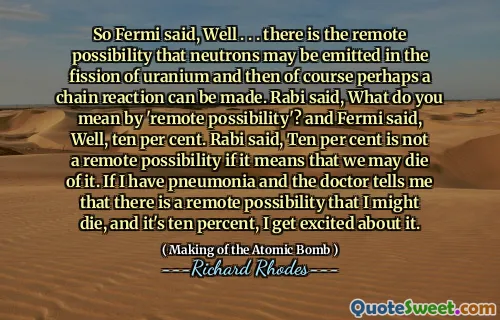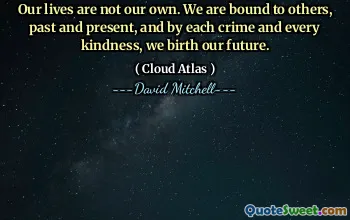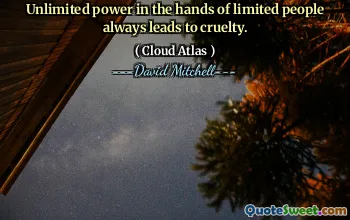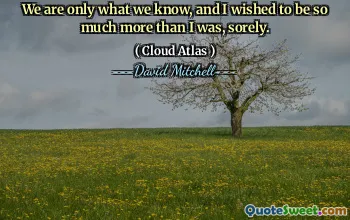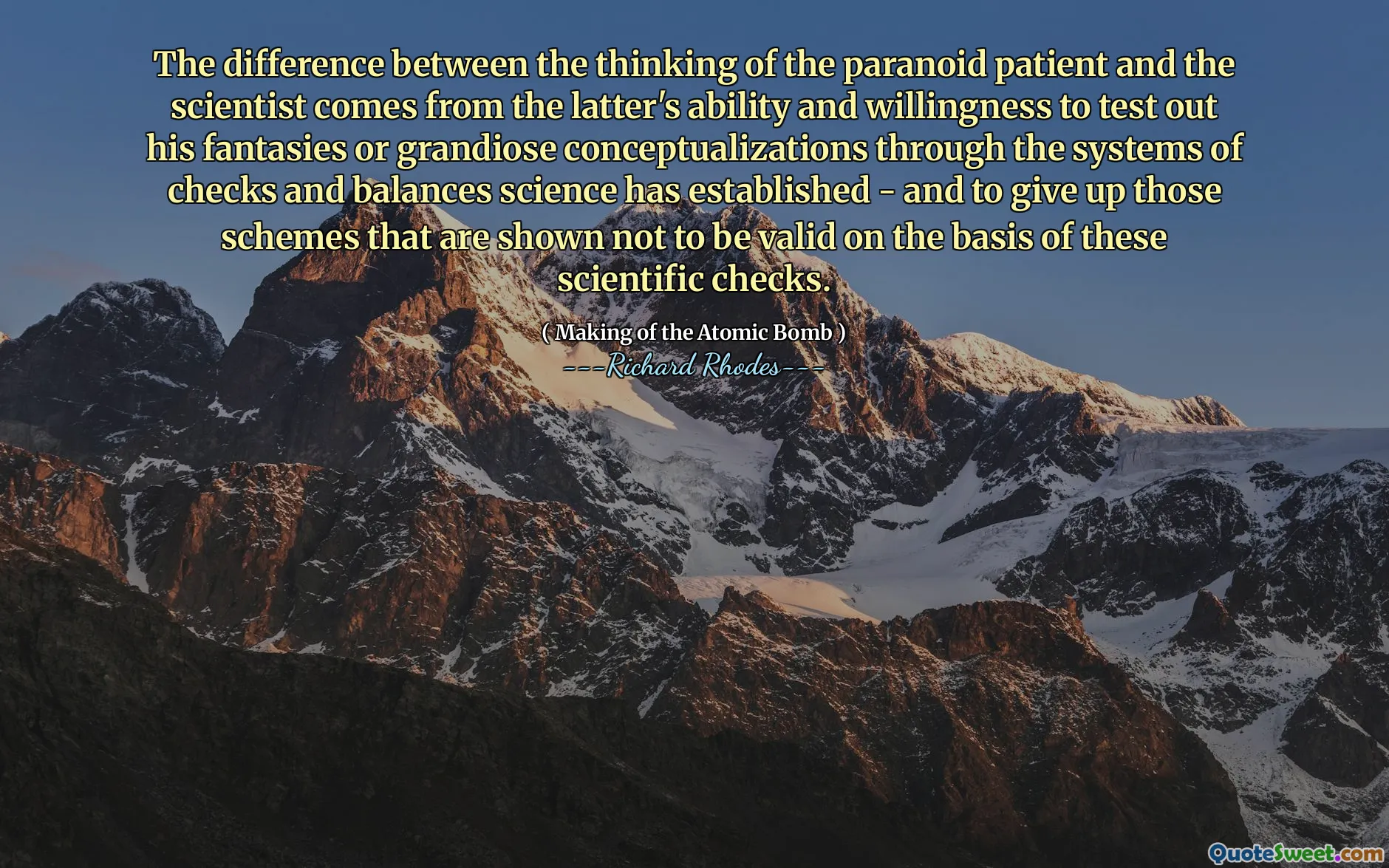
The difference between the thinking of the paranoid patient and the scientist comes from the latter's ability and willingness to test out his fantasies or grandiose conceptualizations through the systems of checks and balances science has established - and to give up those schemes that are shown not to be valid on the basis of these scientific checks.
This quote illuminates the fundamental distinction between paranoia-driven cognition and scientifically grounded thinking. Paranoia often involves holding onto beliefs that may be rooted in suspicion or fear, resisting evidence that contradicts these beliefs. In contrast, science embodies a methodological approach characterized by curiosity, skepticism, and rigorous testing. The scientist actively seeks to challenge and verify their ideas through experimentation and empirical validation, demonstrating intellectual humility by accepting evidence that disconfirms their hypotheses. This dynamic fosters a resilient and adaptable understanding of the world, where ideas are continually tested and refined. Such an approach fosters progress, as it allows for the correction of errors and the evolution of knowledge. Conversely, paranoia tends to dismiss contradictory evidence, reinforcing fixed beliefs that may be delusional or unfounded. The quote highlights the importance of open-mindedness and methodological rigor in pursuit of truth. In a broader societal sense, embracing the scientific mindset encourages critical thinking, evidence-based decision-making, and the willingness to adapt beliefs in the face of new data. Philosophically, it underscores the virtue of humility in knowledge—recognizing the limits of our understanding and remaining open to revision. Ultimately, the ability to subject one's ideas to scrutiny and accept valid disconfirmation is a cornerstone of rational thought and progress, distinguishing constructive inquiry from destructive suspicion.
